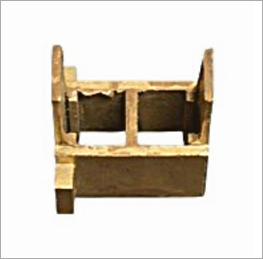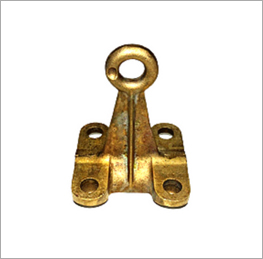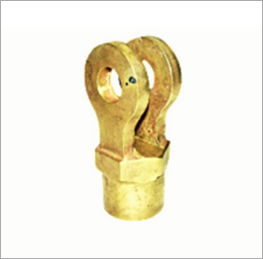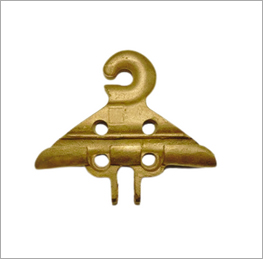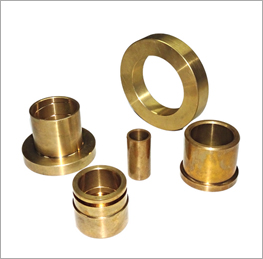Sand Casting for Non-Ferrous Metals: Manufacturer, Supplier
Indo German Shell Cast has emerged as a prominent player in the manufacturing of non-ferrous sand castings. Recognizing the vast potential in the industrial sector and utilizing expertise in casting techniques, the company projects to deliver high quality castings to various industries.
Process:
Sand casting is a prevalent manufacturing process for non-ferrous metals such as aluminum, copper and zinc known for its ability to produce complicated shapes and components with high precision. The process begins with the creation of a mold made from a mixture of sand, clay and water which is shaped to form the design of the final product. A pattern, typically made from a non-ferrous metal or plastic, is placed in the sand to create a cavity. Once the pattern is removed, the mold is ready to be filled with molten metal. Non-ferrous metals are particularly well-suited for sand casting due to their excellent fluidity which allows them to fill complex mold cavities effectively. The molten metal is poured into the mold, where it cools and solidifies, taking on the shape of the cavity.
After sufficient cooling, the mold is broken apart to reveal the cast component. This method is better for producing components with complicated designs as non-ferrous metals can be cast into thin walled sections and complex shapes that may be challenging to achieve with other manufacturing techniques. Sand casting is capable of accommodating a wide range of sizes, from small precision parts to large industrial components. The adaptability of this process makes it suitable for various applications such as automotive parts, aerospace components and decorative items.
Additionally, the sand used in the casting process can be reused multiple times, contributing to the sustainability of the manufacturing process. The cooling rates and solidification characteristics of non-ferrous metals must be carefully controlled to minimize defects such as porosity.
Benefits:
- Adaptability: This method can accommodate a wide variety of shapes and sizes, allowing for the production of both small and large parts with complex shapes.
- Material Compatibility: Sand casting is suitable for a range of non-ferrous metals such as aluminum, copper and magnesium, enabling manufacturers to select materials based on specific application needs.
- High Precision: The process can achieve tight tolerances and intricate designs, ensuring that cast components meet the exact specifications required for various applications.
- Good Surface Finish: Sand casting can produce components with a satisfactory surface finish, often requiring little to no additional machining, which reduces overall production time.
- Scalability: The sand casting process can be easily scaled for both small batch production and large scale manufacturing, providing flexibility to meet varying production demands.
Applications:
- Control Panels: This casting is employed to create enclosures and housings for electrical equipment, ensuring protection against environmental factors while maintaining good thermal conductivity.
- Automated Systems: Many parts for industrial machines such as gears, pulleys and housings, are manufactured using sand casting, allowing for the production of complex shapes and robust components.
- Domestic Items: Decorative items, cookware and household appliances made from non-ferrous metals are often produced through sand casting, combining functionality with expressive appeal.
- Pipelines and Fittings: This process is used to manufacture various fittings and valves for piping systems, ensuring reliable performance in liquid transport applications.
- Artistic Materials: Artists utilize sand casting to create good sculptures and decorative pieces in non-ferrous metals, allowing for unique designs and creative expression.
- Heavy Equipment: Components for heavy machinery such as agricultural equipment and construction tools, are often sand cast to ensure they can withstand the operational conditions.
- Heat Exchangers: Non-ferrous metals are commonly used in sand casting to produce heat exchangers, where efficient thermal conductivity is essential for effective heat transfer in various applications.

